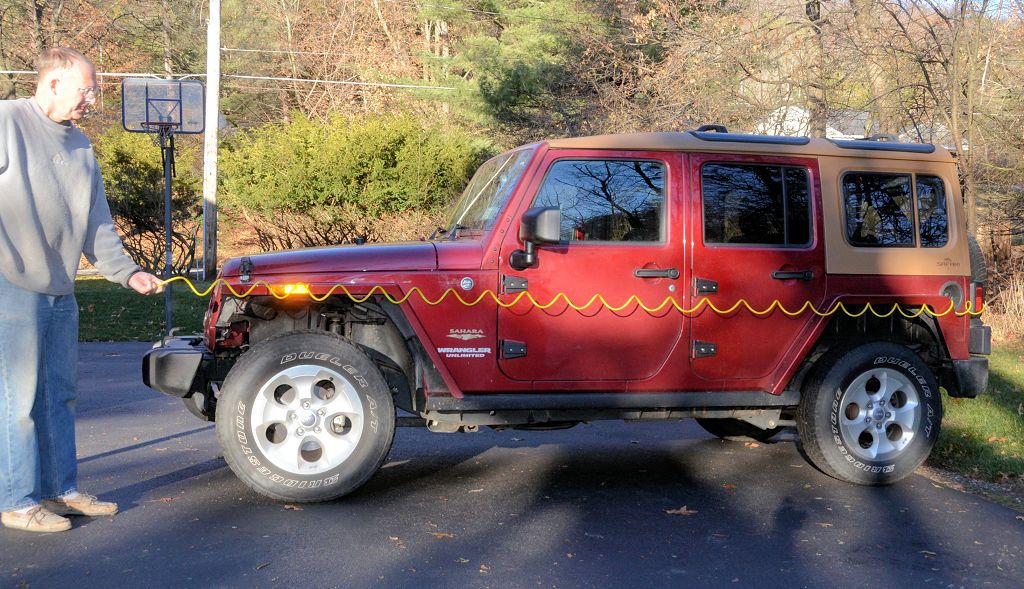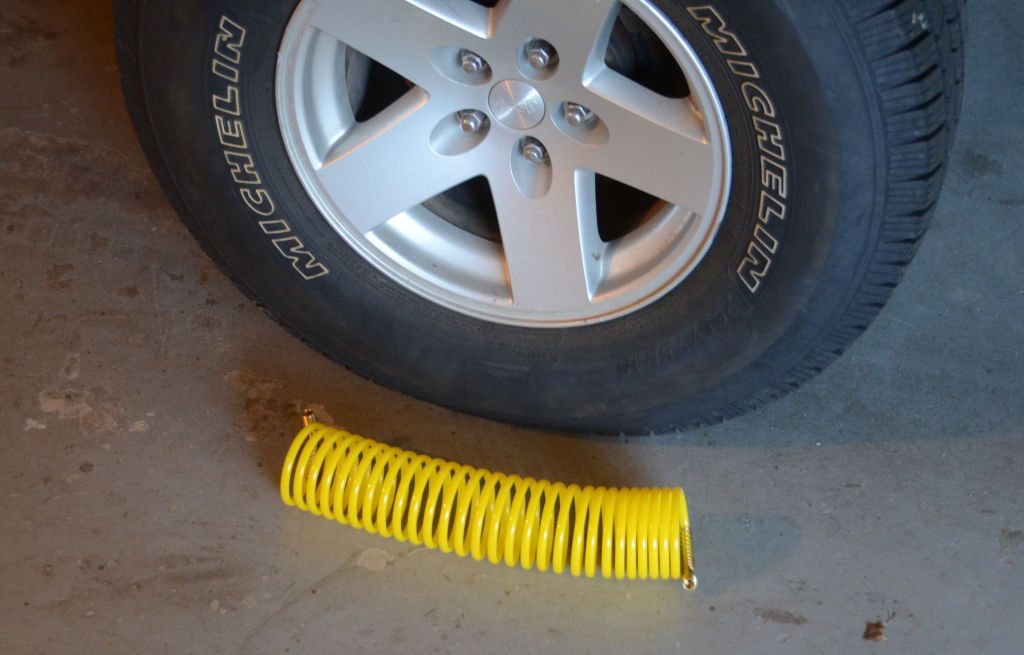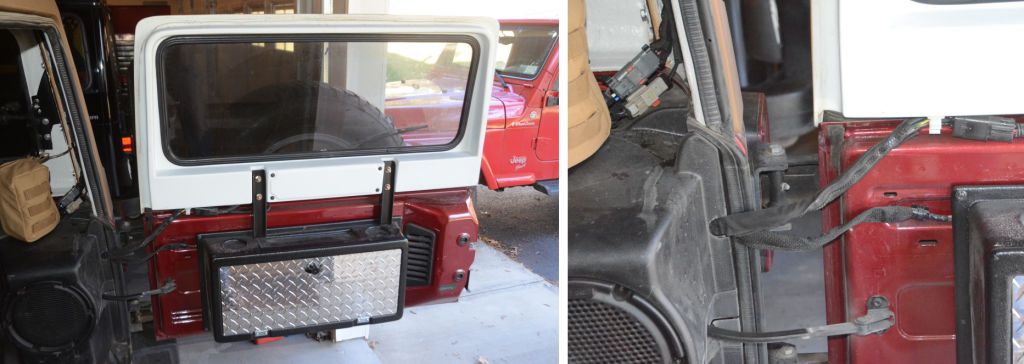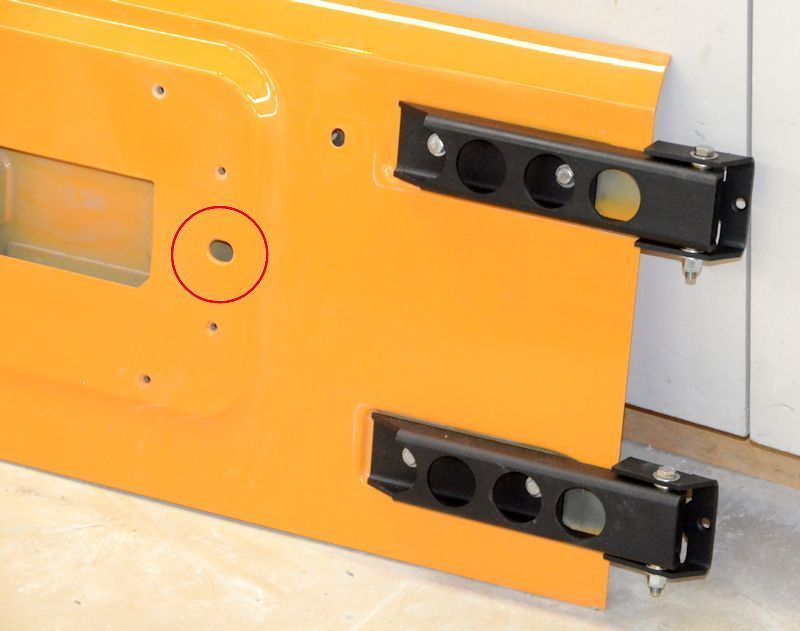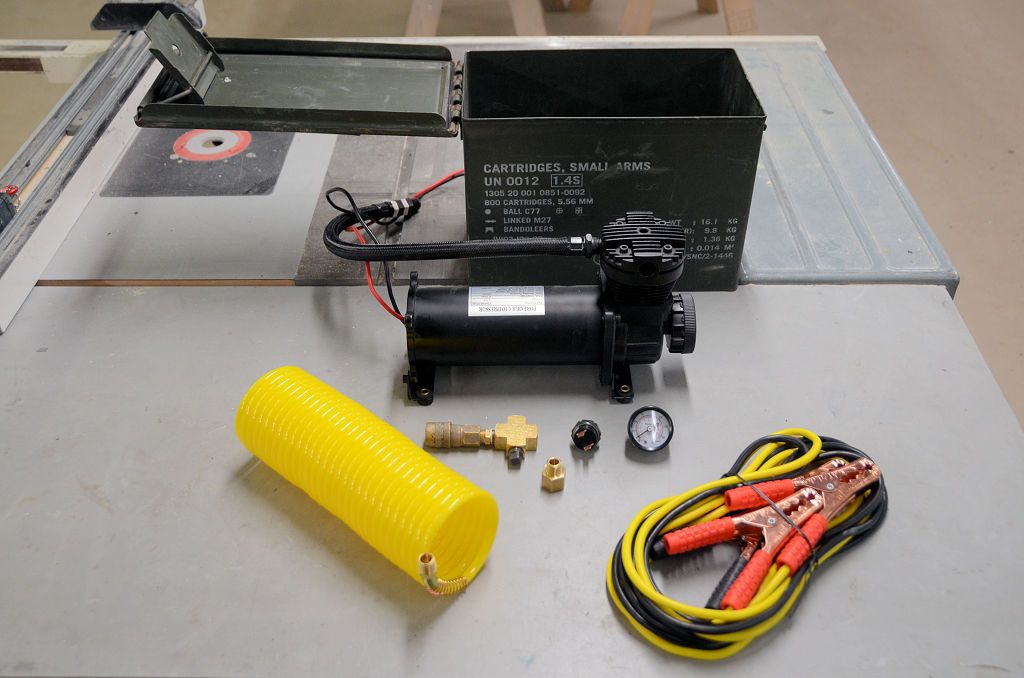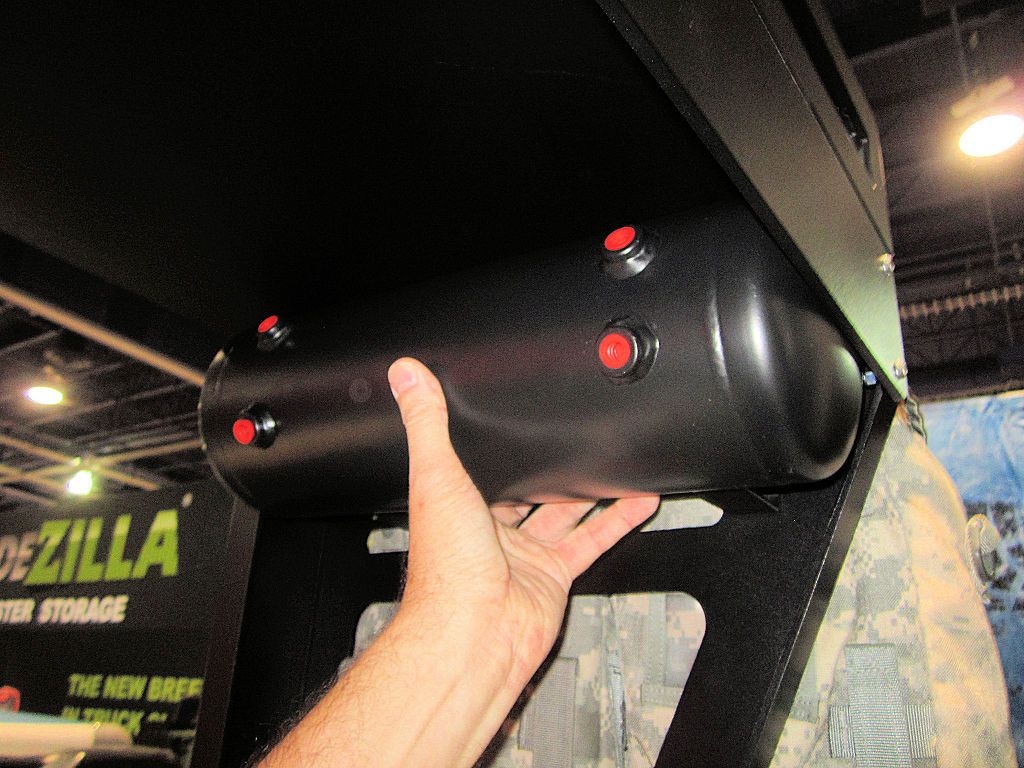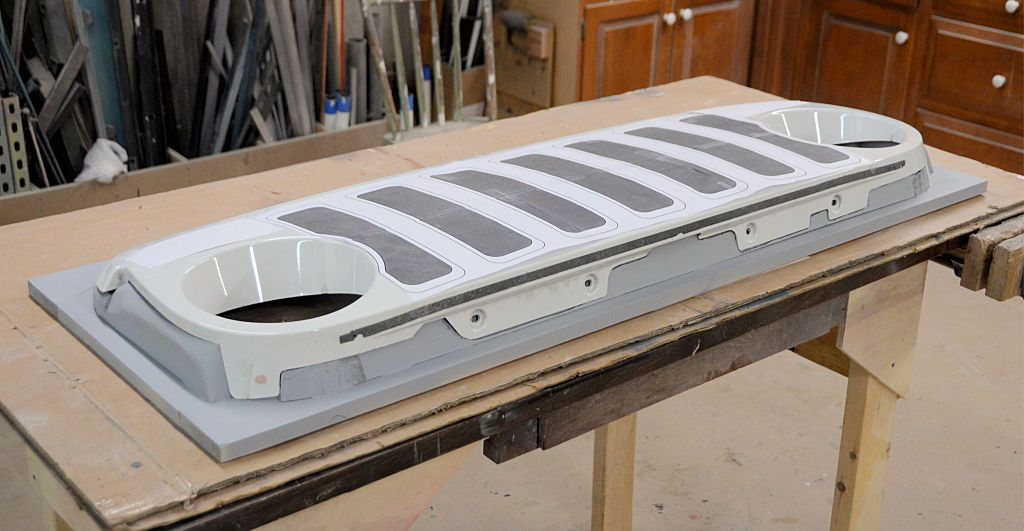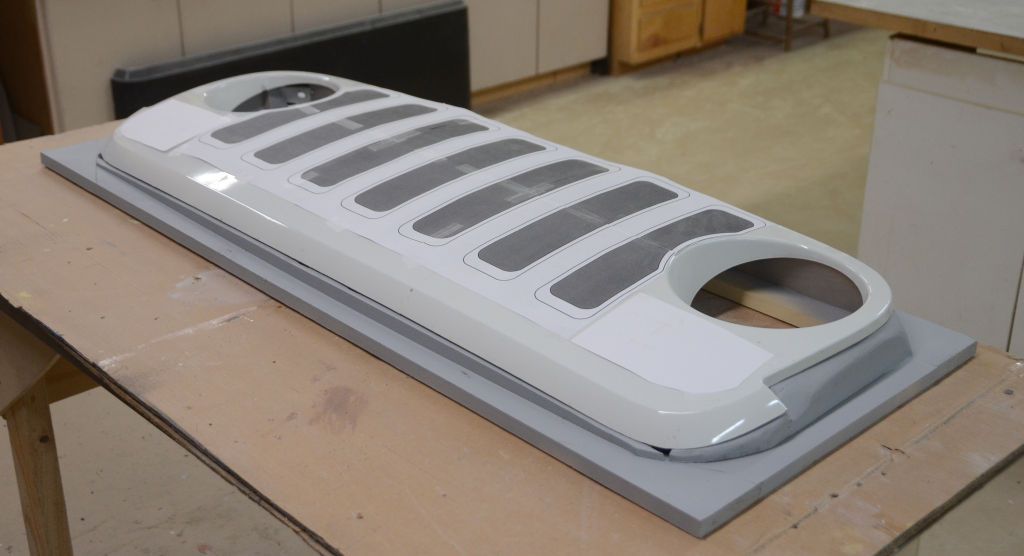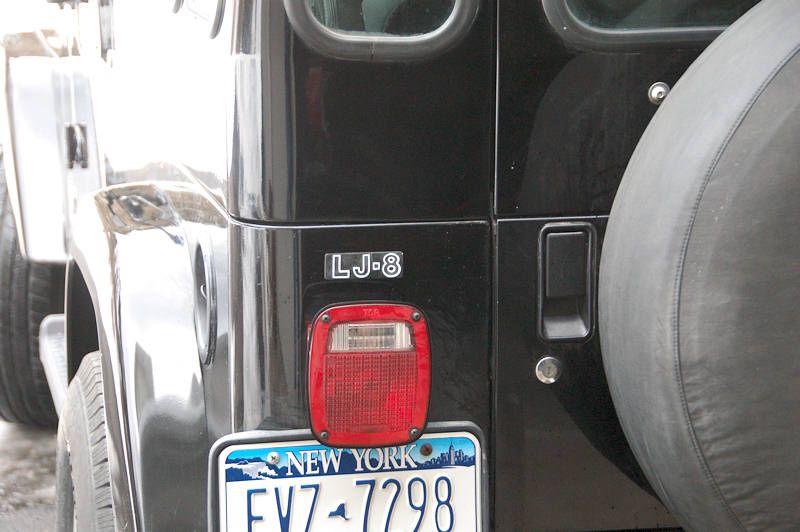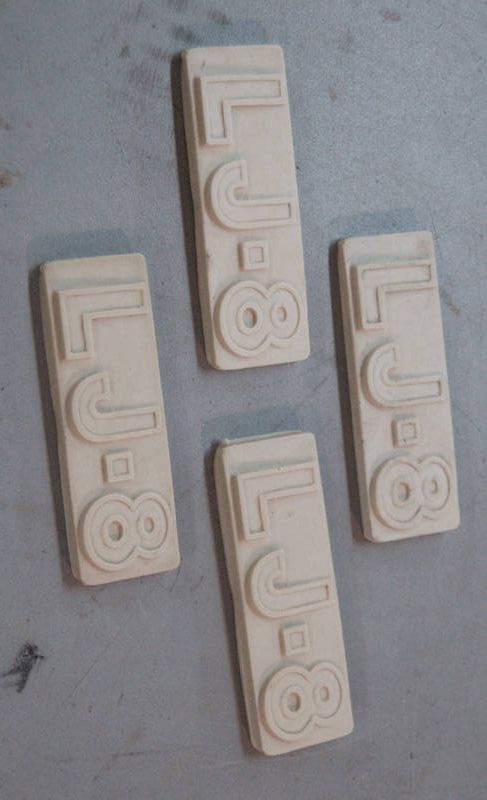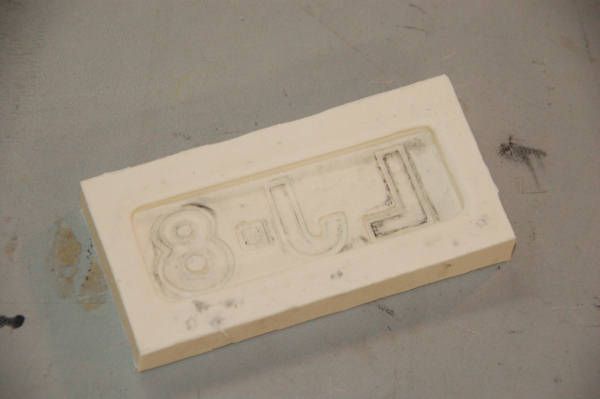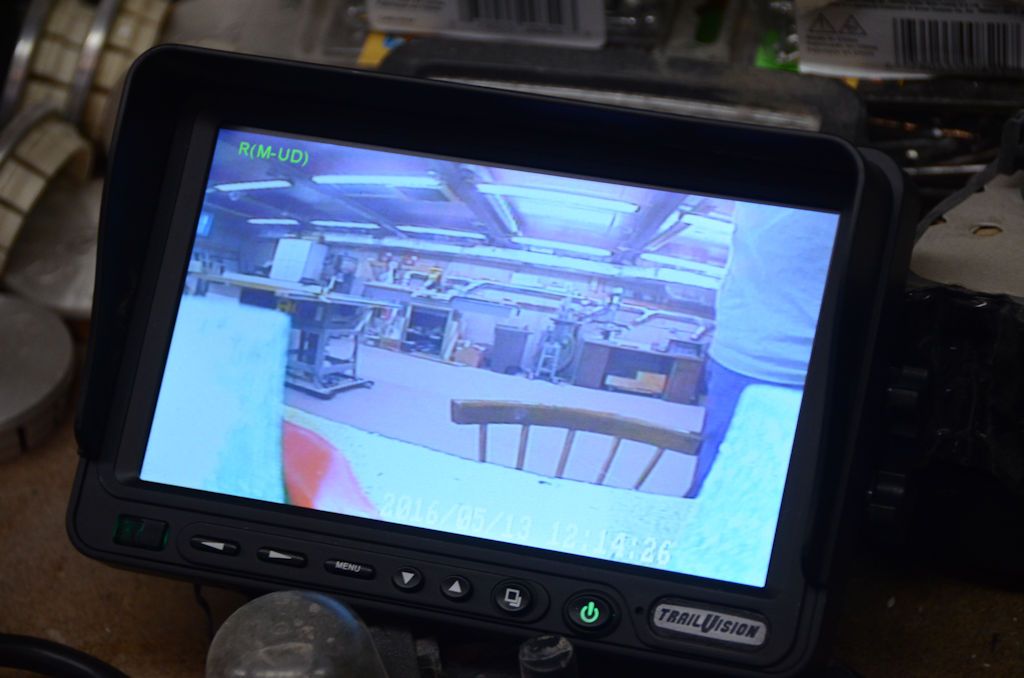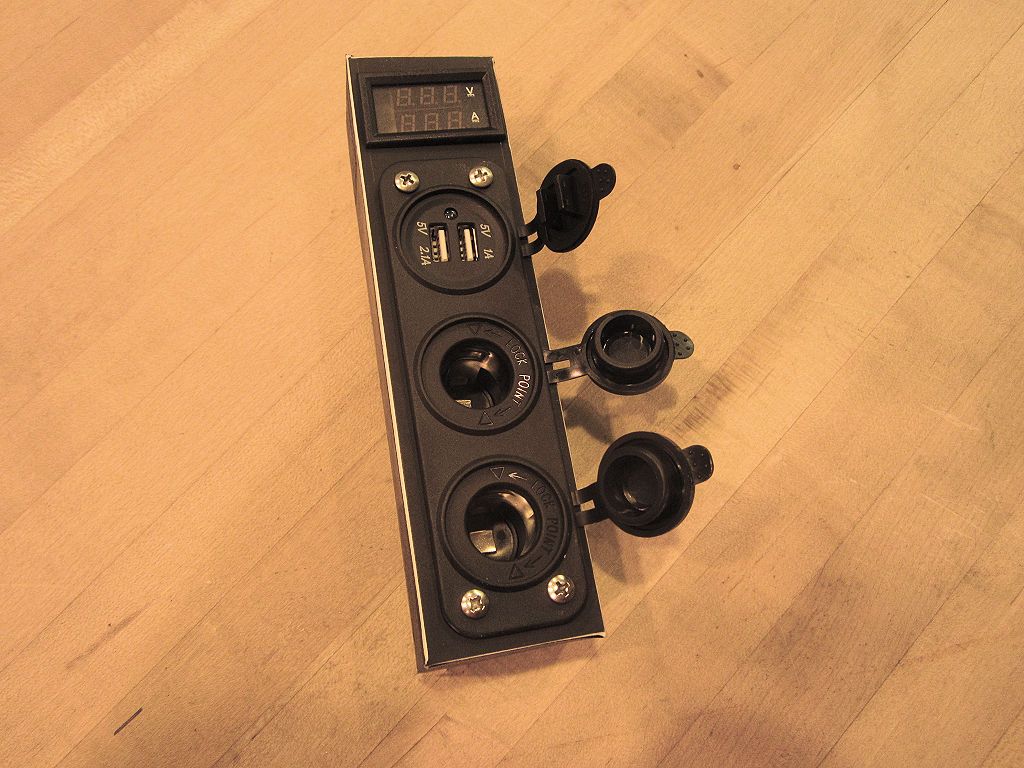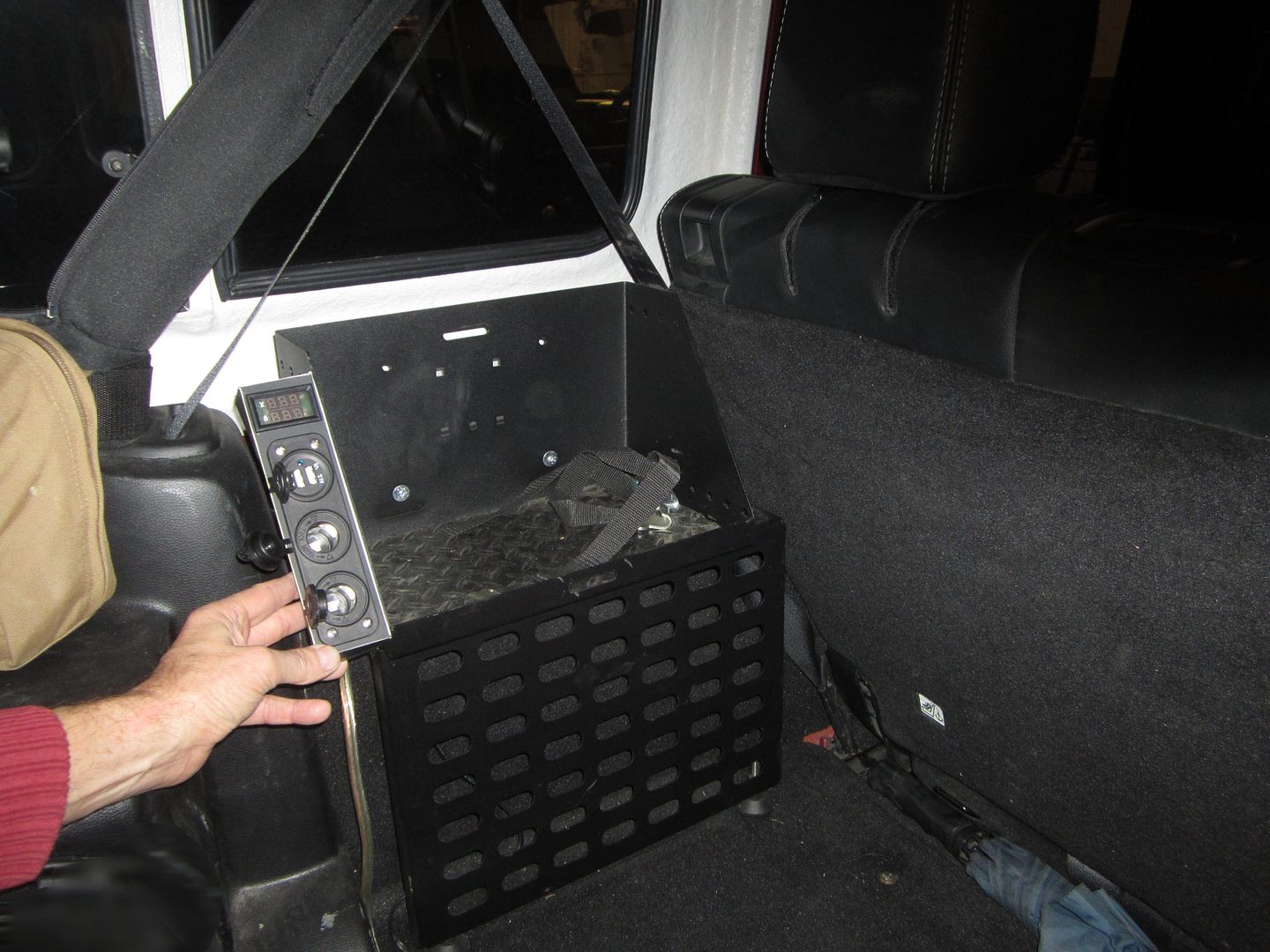jscherb
Expedition Leader
When I was at the SEMA Show last month I posted that for a while now I've wanted to experiment with on board air system designs. At the show I talked with a compressor company and they supplied me with a compressor and tank to prototype with.
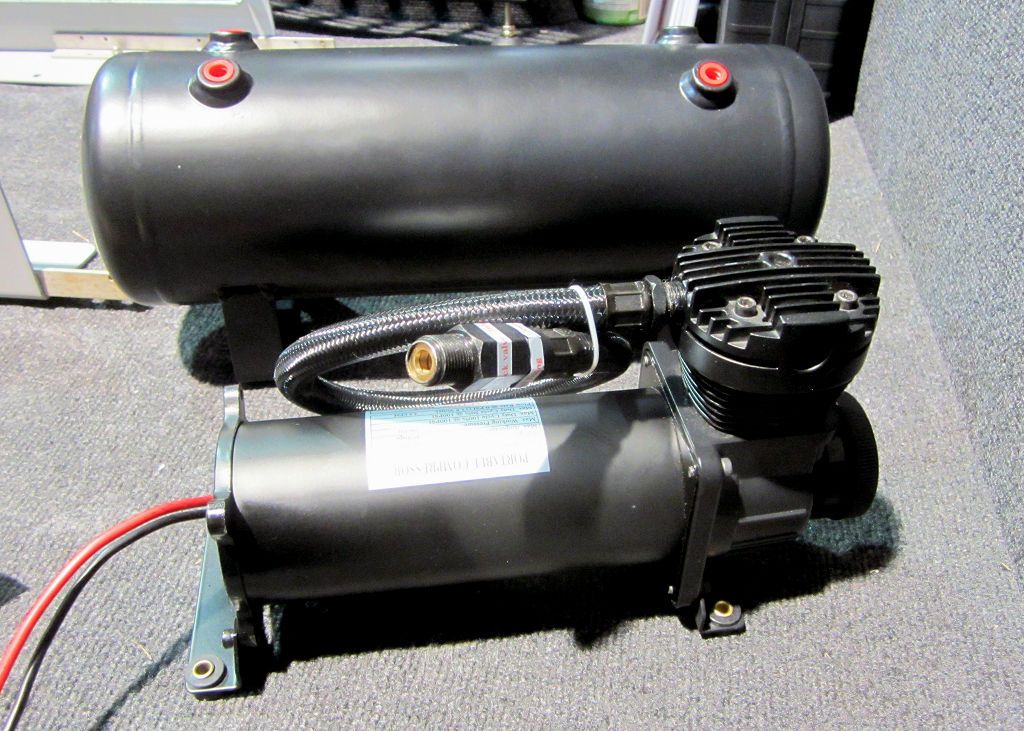
I'm looking at several solutions for mounting the compressor in the Jeep. It fits very nicely inside a Jeep wheel, so it could be mounted inside the spare carrier on the tailgate to avoid taking up space inside the Jeep.
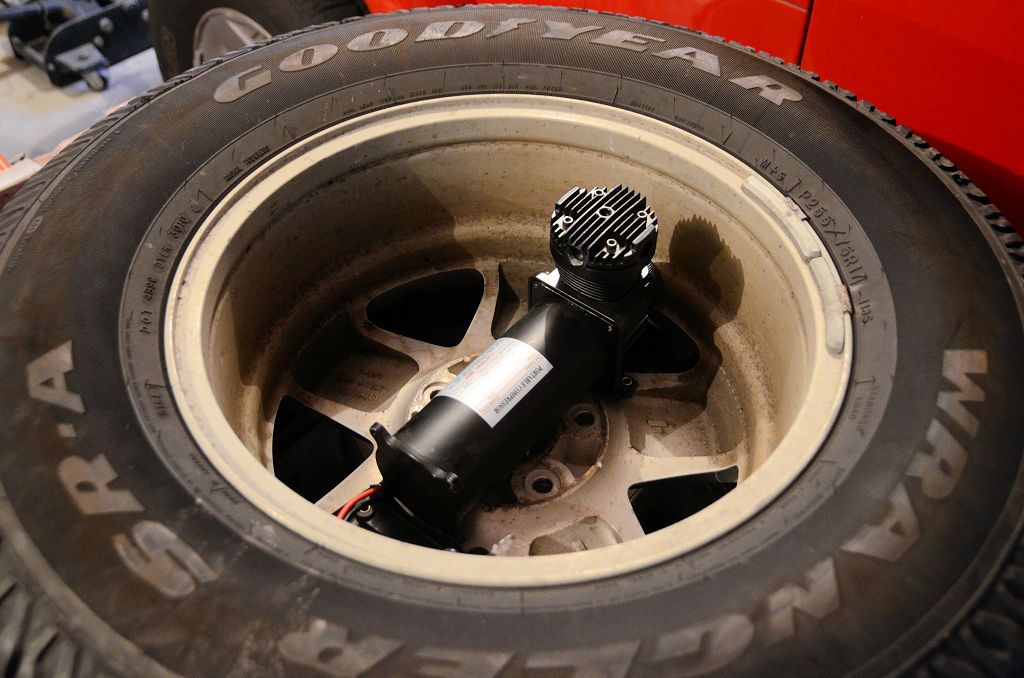
In this photo it's sitting on top of the spare carrier to show the comparison in size, it could fit inside the carrier without too much trouble.
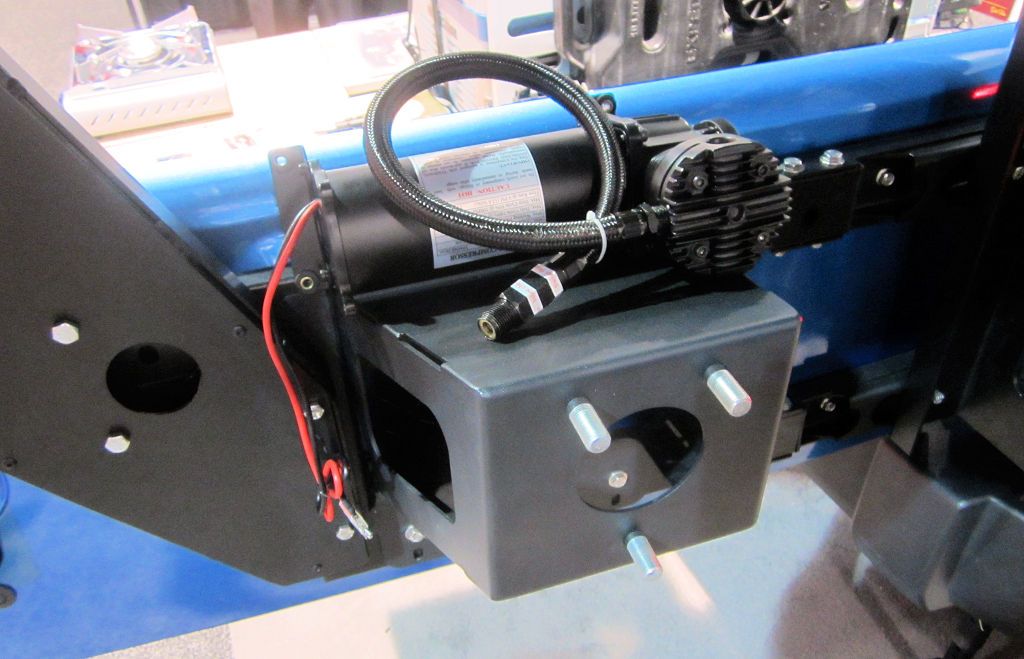
I may also work up a mount to go in the inner fender ammo can trays, this would work in both my JKU and the LJ. Shown is the compressor sitting in the tray in the JKU.
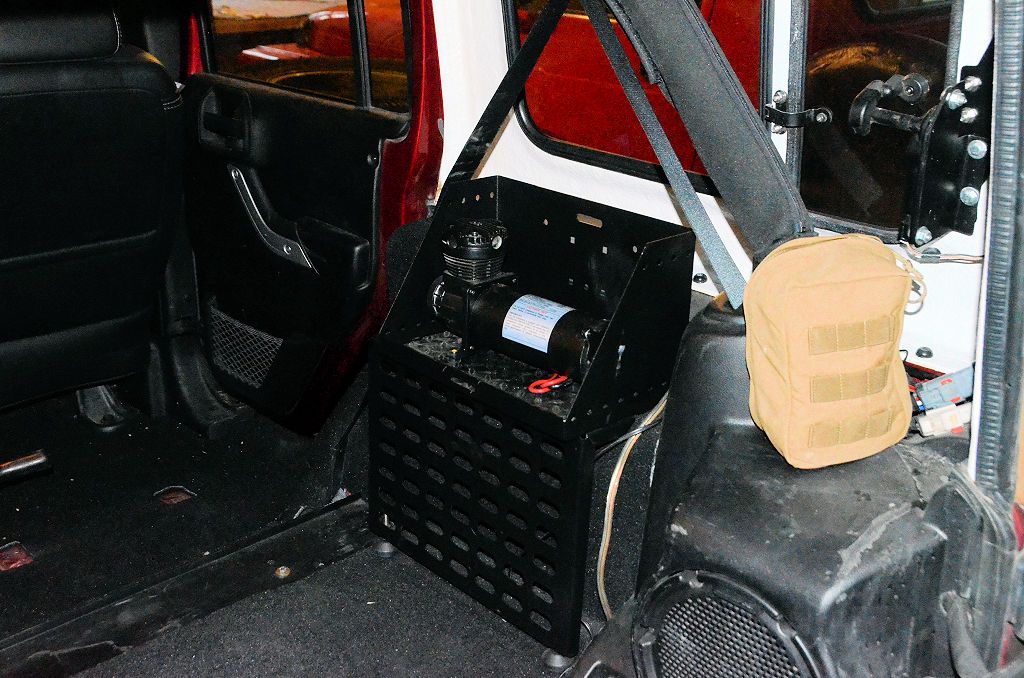
The company also gave me an air tank to experiment with. A tank isn't really needed if all the compressor is being used for is airing up tires, but if air tools are to be run it would improve the usability quite a bit. It turns out there's plenty of room underneath both Jeeps to mount the tank, in this photo I'm holding the tank in place under the floor of the LJ. The tank is above the bottom of the frame rails and driveshaft so it's a fairly safe place for it. The compressor could also easily mount underneath, but I'm not sure I'd want to subject it to the environment under there.
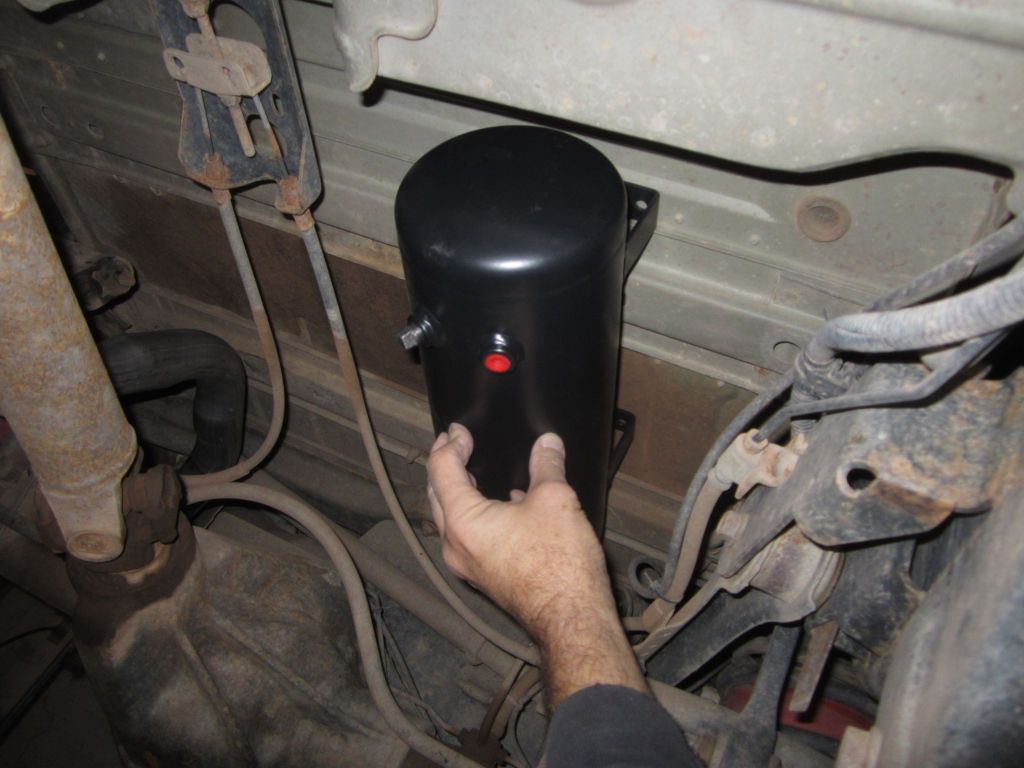
I welcome any ideas or input you might have; I'm just starting this design project so any and all ideas for the design are welcome. What would you like to see in an on-board air system and where would you like to have it mounted?

I'm looking at several solutions for mounting the compressor in the Jeep. It fits very nicely inside a Jeep wheel, so it could be mounted inside the spare carrier on the tailgate to avoid taking up space inside the Jeep.

In this photo it's sitting on top of the spare carrier to show the comparison in size, it could fit inside the carrier without too much trouble.

I may also work up a mount to go in the inner fender ammo can trays, this would work in both my JKU and the LJ. Shown is the compressor sitting in the tray in the JKU.

The company also gave me an air tank to experiment with. A tank isn't really needed if all the compressor is being used for is airing up tires, but if air tools are to be run it would improve the usability quite a bit. It turns out there's plenty of room underneath both Jeeps to mount the tank, in this photo I'm holding the tank in place under the floor of the LJ. The tank is above the bottom of the frame rails and driveshaft so it's a fairly safe place for it. The compressor could also easily mount underneath, but I'm not sure I'd want to subject it to the environment under there.

I welcome any ideas or input you might have; I'm just starting this design project so any and all ideas for the design are welcome. What would you like to see in an on-board air system and where would you like to have it mounted?

